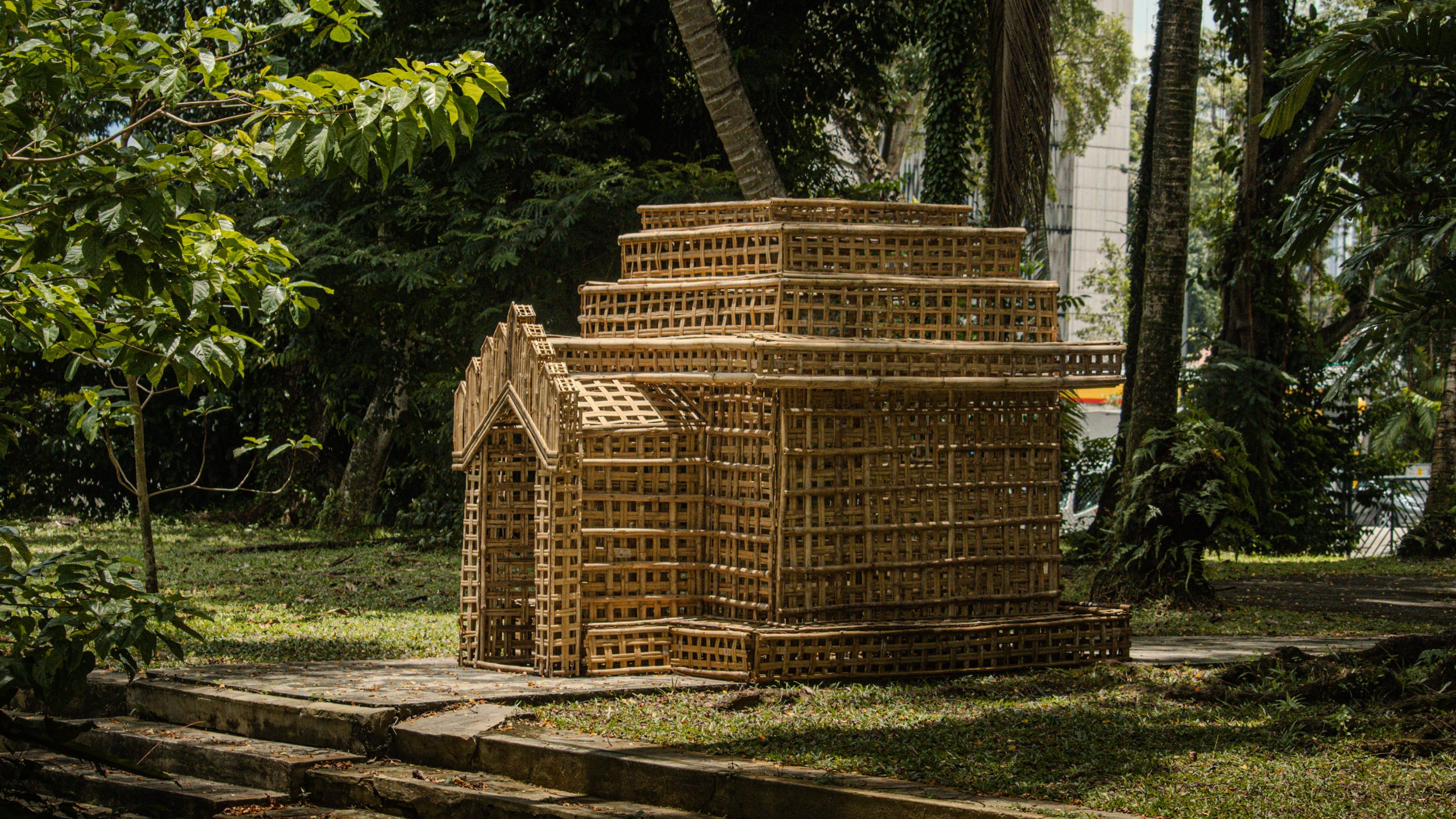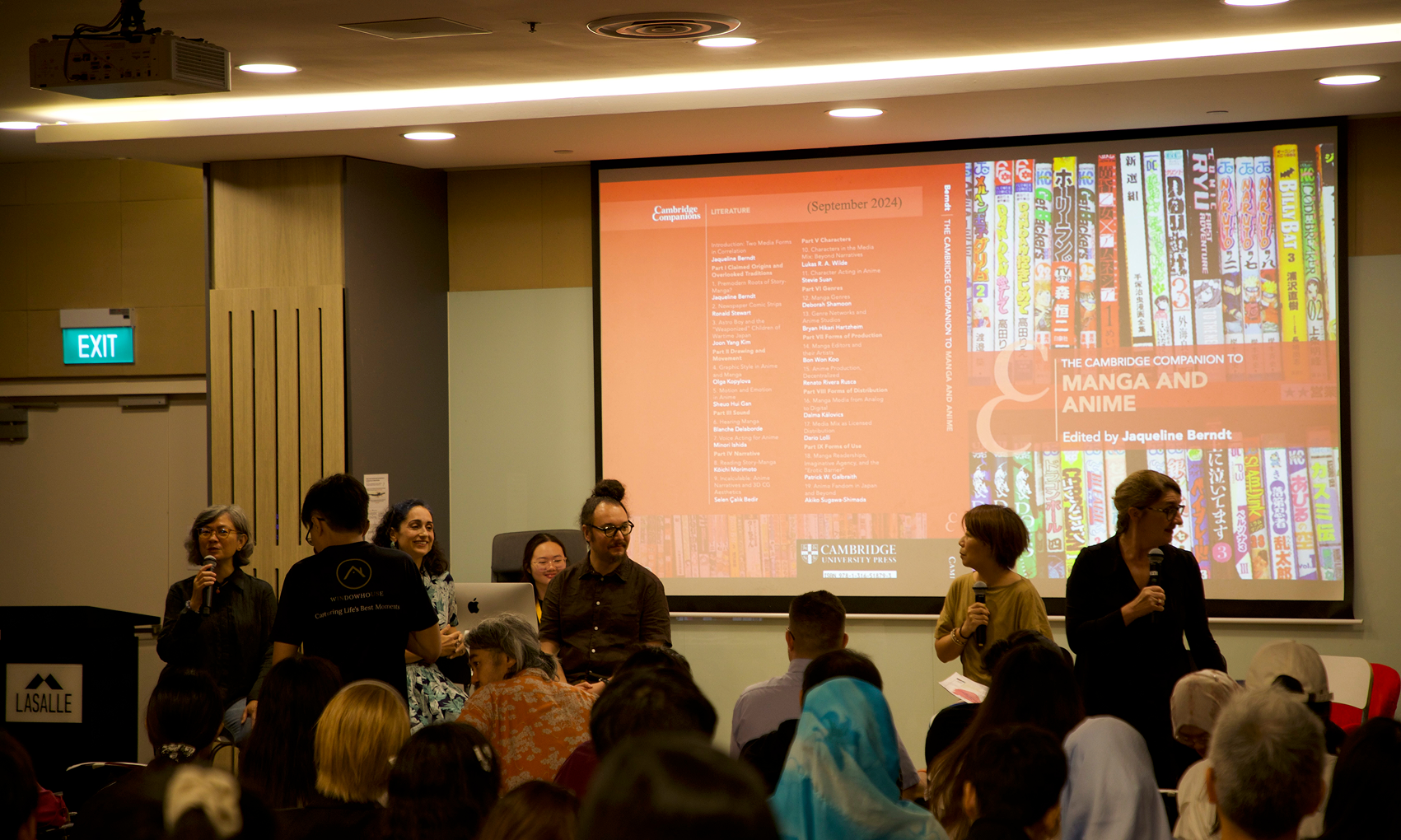Journal and book publications
Collective Individualism in Design
Interdisciplinarity has allowed design education to expand beyond its traditional practises to integrate methodologies for understanding and addressing complexities, structuring and organising critical perspectives, externalising through visual representations, and reflecting on propositions and intended outcomes. Design establishes itself as a social process when situated within real-world contexts, thereby repositioning collectivity as an inevitable condition of design research and practice. This paper introduces the learning and working dynamics of design research students engaged in self-directed studies to examine how individual practises subsequently influence collective references in forming thematic parallels. Examples of student research are used to illustrate how divergent explorations of design issues converge to produce less insular approaches towards a collective body of knowledge. This paper discusses how individual perspectives contribute to unanticipated collectivity, communicating the value of facilitating a shared learning curriculum for design research and practise.
Citation:
Chon, Harah, and Nur Hidayah Abu Bakar. ''Collective Individualism in Design.'' Proceedings of Cumulus - To get there: Designing togethere, Conférence des Écoles Supérieures d'Arts Appliqués de Paris 04/2018, edited by Claire Brunet and Luisa Collina, Cumulus, 2018, pp. 734-747, ISBN / ISSN: 978-2-9565440-0-5.
East/West nature of ANZACATA: A perspective on the significance of international connections while asserting Southeast Asian relevance and context in practice and in postgraduate art therapy training
The Australian, New Zealand and Asian Creative Arts Therapies Association (ANZACATA) is uniquely positioned, geographically and philosophically, in terms of art therapy practice, training, and the ongoing development of this discipline in the Asia Pacific region. Acknowledgement of, respective for, and an embracing of culture, cultural traditions, and practices that are culturally relevant are some of the fundamentals at the core of this art therapy membership organization. A critical and multipronged relationship has been established among ANZACATA, Singapore, and the MA Art therapy training program at LASALLE College of the Arts, Singapore. This article presents a perspective on the development of art therapy in Southeast Asia with consideration to the significance of East/West influences, relations, and training. The aim is to provide a reflective account of the unique East/West nature and role of ANZACATA and on art therapy in Singapore through my role as program leader of the first and only postgraduate psychodynamic art psychotherapy training in Southeast Asia. This perspective is further informed through substantial experience as a credentialed art therapist bridging Eastern and Western countries, cultures, clinical practices, and professional art(s) therapy organizations. This article was written and articulated through an expatriate’s informed lens of being immersed in the local culture over an extended period. The discourse highlights the significance of international connections while asserting Southeast Asian relevance and context as the discipline of art therapy matures in this region.
Citation:
Lay, Ronald P.M.H.. ''East/West nature of ANZACATA: A perspective on the significance of international connections while asserting Southeast Asian relevance and context in practice and in postgraduate art therapy training.'' CAET: Creative Arts in Education and Therapy: Eastern and Western Perspectives, vol. 4, no. 2, 2018, pp. 88-97, doi: https://doi.org/10.15212/CAET/2018/4/12.
Infusing local culture in Singaporean animation: Developing a framework of cultural specifics from a study of contemporary cinema in Singapore
Notwithstanding a materializing Singapore cinema, research attention has not been paid to how animated cultural products can make an impact on the construction of a local identity. This can be considered detrimental to the cultural promotion of a local but heterogeneous mediascape. This practice-based research attempts to outline a practical framework of cultural specifics capable of producing an animated film that is identifiably ‘Singaporean’ to a global audience. Resistance against the Marcusian One-Dimensional Man theory, the premise of Kenneth Paul Tan’s Cinema and Television in Singapore in 2008, will be the basis of this research to understand the emergence of contemporary Singaporean films. Alfian bin Sa’at’s definition of the ‘heartlander’, a recurring and highly relatable element in Singaporean cinema largely due to the geographical statistic of the population percentage living in Singaporean public housing (referred to as HDB), provides the social semiotics needed by the research to understand Singapore culture. Films such as Ilo Ilo by Anthony Chen and Sandcastle by Boo Junfeng will be analysed according to five indicators – setting, characters, mise en scène, language and premise – as they manifest Singaporean traits in their attempts to integrate local culture. The same indicators are used to analyse films such as ‘Tatsumi’ by Eric Khoo so as to locate cultural deficiency within these local animated features. ‘Flats’ by Ervin Han and similar animated shorts are subsequently examined as examples of attempts at infusing local culture into an animated production. The practical result of the research is presented as a production journal of an animated short explicating the socio-political aspects of local identity.
Citation:
Ang, Qing Sheng. ''Infusing local culture in Singaporean animation: Developing a framework of cultural specifics from a study of contemporary cinema in Singapore.'' Animation Practice, Process & Production, vol. 7, no. 1, 2018, pp. 113-137, doi: https://doi.org/10.1386/ap3.7.1.113_1.
Can’t Lit: What Canadian English Departments Could (but Won’t) Learn from the Creative Writing Programs They Host
Unlike all other major Anglophone points of comparison (e.g. USA, UK and Australia), Canada is disinterested in the national and global demand for doctoral programmes in Creative Writing. This paucity of PhD creative writing programmes is especially noticeable when Canada has the highest per capita undergraduate enrolment in the world, federal funding available for writing PhDs, and a low OECD ranking for the number of per capita PhDs. This illogical market denial stems in part from Canada’s preference for housing Creative Writing educations within English departments, who are hostile to creativity and living Canadian writers. Canada pays national economic, social, pedagogical and aesthetic consequences for its globally anomalous disinterest in Creative Writing doctoral programmes.
Citation:
Whetter, Darryl. “Can’t Lit: What Canadian English Departments Could (but Won’t) Learn from the Creative Writing Programs They Host.” New Writing: The International Journal for the Practice and Theory of Creative Writing, vol. 11, no. 1, 2017, pp. 316-326.








